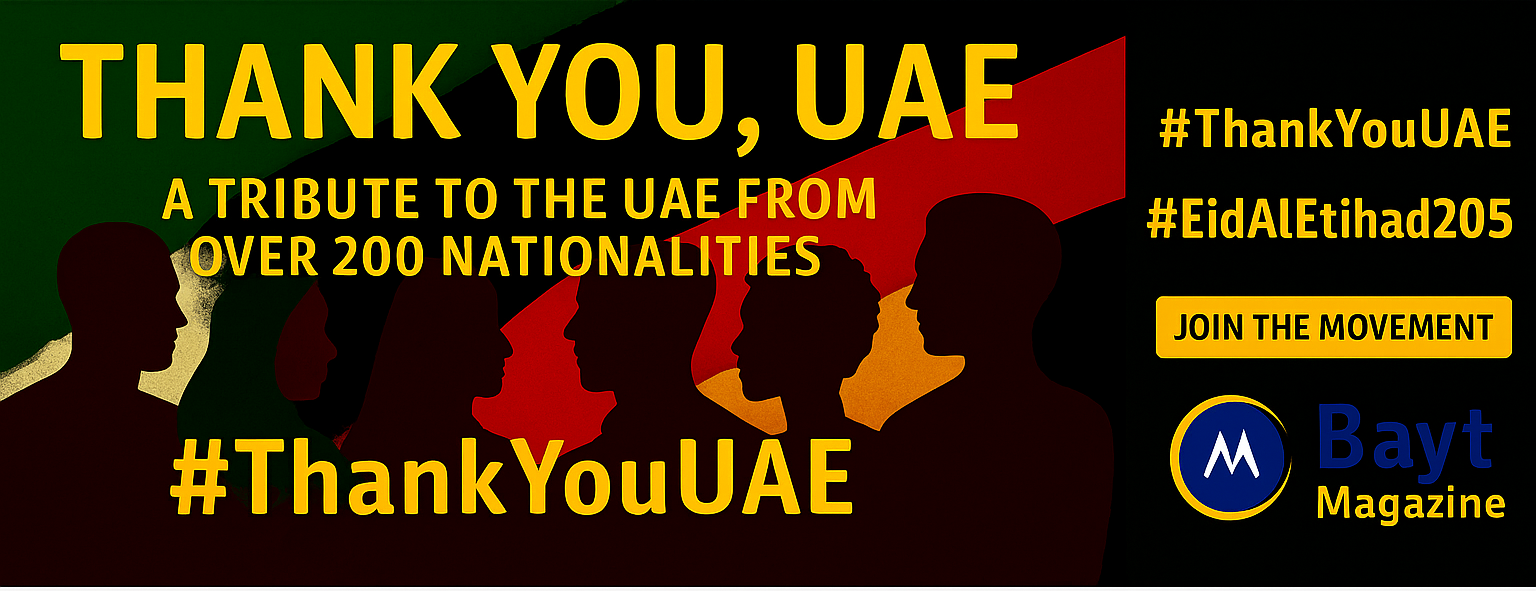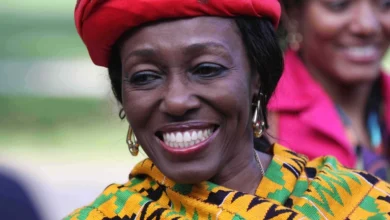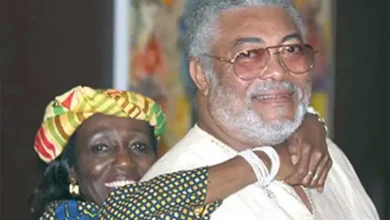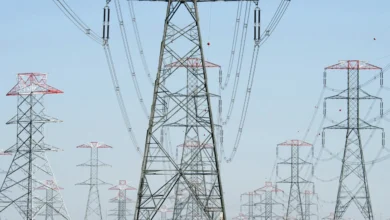
Saudi Arabia Leads Historic $600bn Middle East Sports Push
Saudi Arabia’s sports investments are reshaping the global sports scene by a lot. Market projections show the worldwide sports market will reach $600 billion by 2030. The Kingdom has committed $38 billion to become a global hub for gaming and esports[-4] as part of its ambitious Vision 2030 agenda. This strategic push goes beyond entertainment and drives substantial economic changes throughout the Middle East region.
The Kingdom’s complete investment approach through its sports fund initiatives has created remarkable social changes. Saudi Arabia’s female sports participation has grown by 150% since Vision 2030 began[-4]. The sports sector will add more than $20 billion yearly to Saudi Arabia’s economy by 2030. The Kingdom actively reshapes global sports markets through state-of-the-art technology and forward-looking policies. Their investments span across football, golf, motorsports, and other sporting domains.
Saudi Arabia drives $600bn global sports market surge
Image Source: LinkedIn
Saudi Arabia has evolved from a mere participant to a game-changing force in global sports. The Kingdom’s investments in sports-related projects have exceeded AED 22.03 billion since 2021, showing its steadfast dedication to the sector. The Saudi sports market value stands at AED 31.21 billion as of 2025, a dramatic rise from AED 4.77 billion in 2016. Experts project this value to reach AED 82.25 billion by 2030.
This remarkable growth supports Vision 2030’s strategic framework, which considers sports essential for economic diversification. The Public Investment Fund (PIF) leads this transformation with major investments, including AED 110.16 billion for infrastructure development. PIF now owns stakes in four major Saudi football clubs—Al Hilal, Al Nasser, Al Ahli, and Al Ittihad. The fund has also established strategic collaborations with global organizations like the Professional Fighter League and ATP Tour.
Saudi Arabia’s influence in international sports continues to grow steadily. The Kingdom has hosted more than 100 major sporting competitions across 40 different disciplines since 2019. These events include Formula 1 races, Women’s Tennis Association finals, and high-profile boxing matches. The country will also host prestigious tournaments like the 2027 AFC Asian Cup, the 2029 Asian Winter Games, and the 2034 FIFA World Cup.
These strategic initiatives serve multiple purposes. The Kingdom wants to boost tourism, promote public health through sports participation, build national pride, and create new jobs. Sports tourism generates 25% of global tourism receipts, while 76% of trips revolve around sporting events. Saudi Arabia aims to capture a larger share of this profitable market.
The Middle East and North Africa sports sector shows promising growth. Revenue projections suggest an increase from AED 17.59 billion in 2024 to AED 20.45 billion by 2029. Saudi Arabia’s ambitious vision largely drives this regional transformation.
Middle East builds infrastructure and digital ecosystems
Image Source: Coliseum
Middle Eastern governments are pouring huge resources into building world-class sports facilities. They have allocated billions to construct next-generation stadiums, elite training academies, and integrated digital platforms. These investments show the region’s determination to evolve beyond an event host into a global sports powerhouse.
Saudi Arabia’s Vision 2030 agenda has set aside massive budgets for sports facility development. The country plans to ready 15 new stadiums—11 new builds and 4 renovations—for the 2034 FIFA World Cup. These modern venues will provide top-tier functionality, comfort, and visitor experiences that meet both local and international standards.
State-of-the-art technology lies at the core of these infrastructure projects. The digital stadium sector will grow by 20.6% yearly between 2025 and 2037, reaching about AED 703.91 billion. This growth shows the need for streamlined operations and better fan experiences. Yes, it is noteworthy that 77% of sports fans would pay extra for tickets to digital stadiums, according to Intel surveys.
Smart stadiums in the region use state-of-the-art technologies:
- AI and IoT systems optimize resource usage, reducing operational costs and environmental effects by up to 40%
- Digital twins and AI-powered applications enable live process optimization
- Drone technology creates better viewing experiences while improving crowd safety
The region is building resilient digital ecosystems to support physical infrastructure. Saudi Arabia has pledged AED 139.53 billion to become a global gaming hub, showing its change toward digital-native sectors like esports. This youth-focused strategy extends to fan involvement through streaming, immersive content, and competitive gaming platforms.
Dubai’s hosting of the inaugural World Sports Summit in December 2025 reinforces the region’s growing influence in global sports. Digital sports platforms like Fanatics are expanding their presence, with Qatar serving as their regional base through a new office.
Green practices remain crucial throughout these developments. Smart lighting and automated HVAC systems reduce operational costs while decreasing carbon emissions by up to 40%. These initiatives support broader environmental goals as the region balances ambitious growth with responsible development.
Social inclusion and innovation redefine regional sports
Image Source: AboutHer.com
Women’s sports has become a game-changer in the Middle East’s thriving sports ecosystem. Saudi Arabia has seen female sports participation surge by 150% since Vision 2030 began. Sports now plays a vital role in the region’s social fabric. Professional women’s football leagues in the UAE, Qatar, and Saudi Arabia have opened new doors for female athletes. Saudi Arabia now boasts over 330,000 registered female athletes.
The financial outlook looks promising too. Women’s elite sports will generate AED 8.63 billion in commercial revenue by 2025, showing a remarkable 240% growth from 2022. Sports executives across the region expect women’s sports revenues to grow by double digits in the next three to five years.
The Middle East has revolutionized sports through technological breakthroughs. Saudi Arabia has invested AED 139.53 billion to become a global gaming and esports hub[142]. This strategy aims to connect with younger audiences and create engaging fan experiences across platforms.
Kearney’s analysis reveals five key growth drivers that organizations can tap into:
- Commercial excellence in media rights, sponsorship, and talent monetization
- Fan engagement through data-driven content customization and loyalty programs
- Platform growth via streaming and digital platforms
- Tech-driven improvements in advertising, ticketing, and performance
- Operational improvements to cut costs and strengthen structures[142][143]
Women’s sports have faced challenges like limited media coverage, yet audiences continue to diversify. The England women’s national football team draws 38% female viewers, while the men’s team attracts 20%. These new audiences create unique marketing opportunities because they show less team loyalty and respond better to multi-team campaigns.
Traditional sports still lead the way, but Saudi Arabia’s investment in fast-paced, shorter formats helps attract younger generations who value entertainment and interaction.
Saudi Arabia’s Vision 2030 agenda has become the driving force that transforms sports across the Middle East. The Kingdom has invested over AED 22.03 billion since 2021 to build a complete sports ecosystem that reaches way beyond entertainment. These well-planned efforts show great results. The Saudi sports market will grow from AED 31.21 billion in 2025 to AED 82.25 billion by 2030.
The Public Investment Fund leads this transformation by putting money into infrastructure and buying stakes in major football clubs. They also work with global sports organizations. The Kingdom’s steadfast dedication shows in the 100+ major sporting events it has hosted across 40 disciplines since 2019.
Smart stadiums now use AI and IoT systems to save resources and improve fan experience. The Kingdom’s AED 139.53 billion investment in gaming and esports proves its commitment to connect with young people.
These investments have sparked social changes throughout the region. Female sports participation has jumped 150% since Vision 2030 began. This shows a fundamental change in cultural attitudes. Women’s professional leagues keep growing and more female athletes register every day. Sports have truly become a powerful tool for inclusion.
Some challenges still exist, but Saudi Arabia’s all-encompassing sports strategy has already brought major economic and social benefits. These investments will keep changing both Middle Eastern and global sports for years to come. The worldwide sports market looks ready for massive growth, and Saudi Arabia stands firm as a leader in this ever-changing global sector.





